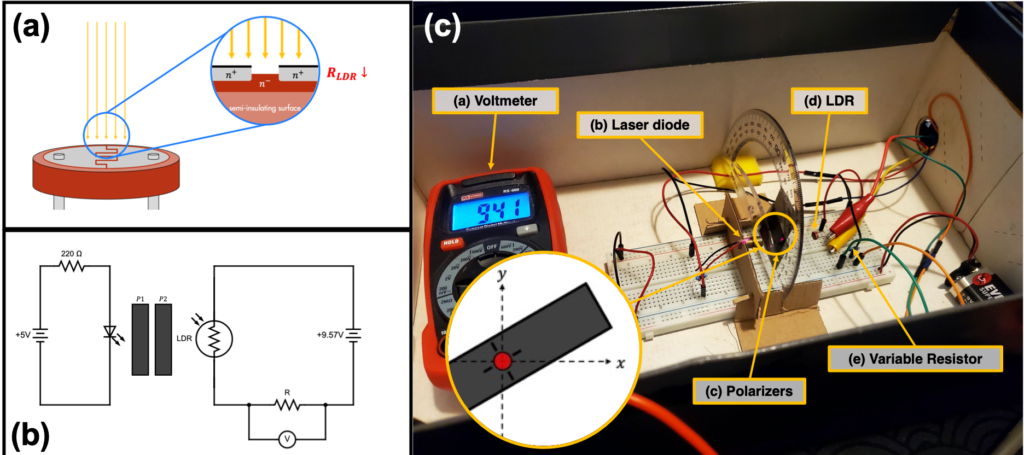Study introduces an easy physics experiment for students to do at home, providing learning opportunities with minimal teacher involvement
26 Jan 2024

The COVID-19 pandemic posed a challenge for laboratory classes to keep students engaged amidst the limitations of a fully remote set-up. While providing students with open-access learning tools and data to analyze were shown to enhance science skills (i.e. analysis, measuring, and predicting), these alternatives still lacked the active involvement that hands-on activities provide as well as the social involvement, learning, and novelty that greatly stimulates the interest and motivation of students in science classrooms. We present a simple hands-on physics experiment rich in learning opportunities that students can still do at home and require minimal intervention from the teacher. Providing students with a tangible and inexpensive experiment will not only give them a change of pace but also encouraged them to be actively involved in applying the concepts they learned in class.
We introduce a simple hands-on physics experiment that is cheap to carry out and rich in physics concepts from which students can learn how to construct circuits (electronics), calibrate a non-linear device (instrumentation) and apply the concepts of polarization (optics). In this experiment, students are tasked to calibrate the non-linear response of a light dependent resistor (LDR) to a laser diode using Malus’ law. An LDR is a photo-conductive device whose resistance depends on the amount of incident light that shines upon the light-sensitive semi-conductive material present on the LDR’s surface. Experiments that require a cheap method to easily detect the absence or abundance of light favor the use of LDRs in their optical systems.
In a voltage-divider network between the LDR and a variable resistor, the voltage drop across the second resistor can be measured to characterize the resistance response of the LDR to light. Here, students will integrate Malus’ Law both into Ohm’s Law and the power law model of the LDR to estimate the resistance of the LDR to varying intensities of light. To manipulate the intensity of incoming light towards the LDR, the students will insert a cross polarizer between the LDR and the laser diode. This method is then compared to direct resistance measurement. Since it requires minimal supervision from teachers, this can also be performed by high school and undergraduate students as a do-it-yourself experiment to discuss circuits and optics.
Authors: Niña Angelica Simon, Benjamin Ambrosio and Nathaniel Hermosa II (National Institute of Physics, College of Science, University of the Philippines Diliman)
Read the full paper: https://iopscience.iop.org/article/10.1088/1361-6404/acf5b4
